Affiliate links on Android Authority may earn us a commission. Learn more.
Phone photography is so good now that the physical camera button needs to make a comeback
Published onSeptember 22, 2024
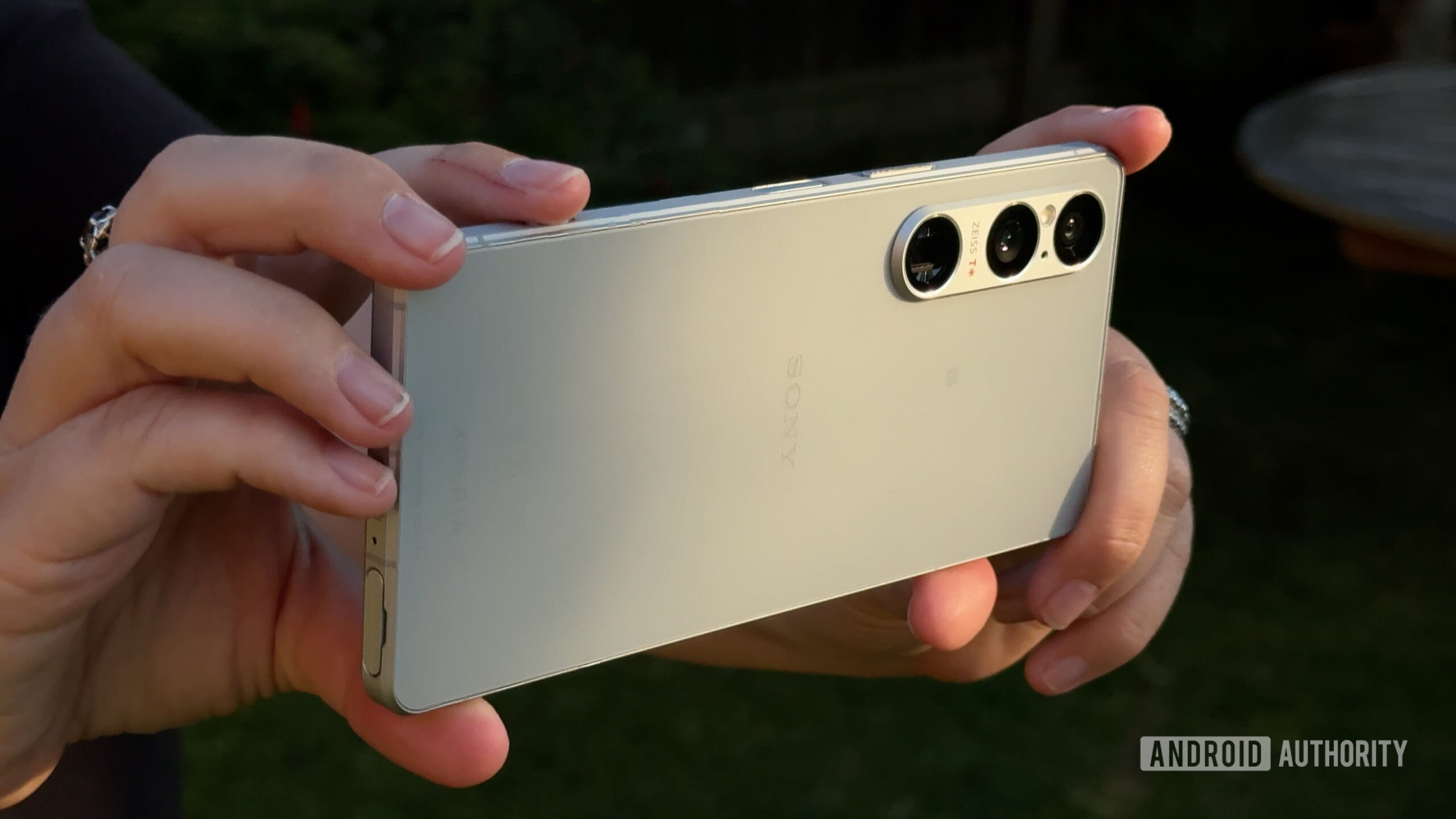
Despite Apple’s best efforts to market the iPhone 16‘s new camera button as its innovation, this isn’t quite the case. Yes, Apple’s implementation and tech behind the button’s functionality is novel, but fundamentally, phone camera buttons have been a fixture on Android phones (and beyond) for years.
However, while smartphone cameras weren’t all that great back in the mid-2010s and didn’t justify the need for a button, this is no longer the case. Now, more than ever, hardware camera controls make sense paired with modern smartphone imaging hardware.
Modern camera hardware deserves a modern solution
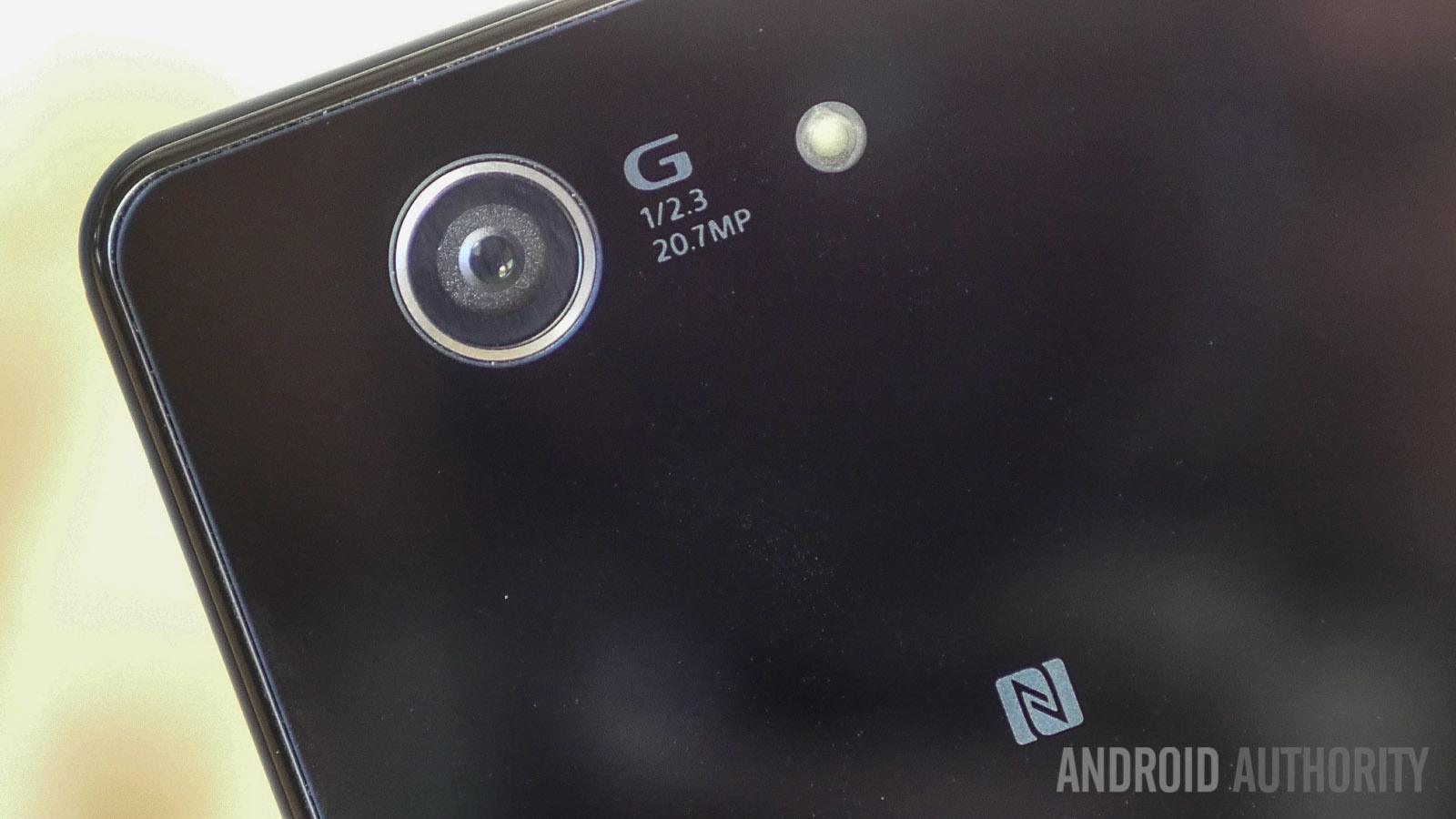
As mentioned, the camera button, shutter key, or however the manufacturer responsible marketed it, isn’t a new invention. As early as 2009, camera phones from the likes of Samsung and Nokia offered users physical camera buttons. I didn’t get a chance to pocket these particular devices, but I do have fond memories of using the quirky Samsung K Zoom and the excellent Sony Xperia Z3 Compact, which both launched a few years later. However, even though these phones targeted the toppling of point-and-shoot compact cameras, their hardware wasn’t good enough to accomplish this. The phone camera key ultimately fell out of favor, and the pocket camera endured a little longer.
Now, more than ever, hardware camera controls make sense paired with modern smartphone imaging hardware.
Now, nearly a decade later, I no longer own a point-and-shoot. My once trusty Kodak, which I used on hikes, beach trips, concerts, and everything in between, has been replaced by my phone, which boasts more impressive camera chops in a much more slender form. The modern smartphone has won, and despite their multifaceted abilities, they are the point-and-shoot successors. The camera button now makes all the sense in the world.
In 2024, Sony remains the last real Android manufacturer offering a hardware camera button on its flagship phones. However, the Japanese maker has problems with distribution and pricing. As a result, these devices have not hit the critical mass needed to reestablish the camera button as an industry standard. Perhaps Apple can help.
Android firms have nothing to lose and everything to gain
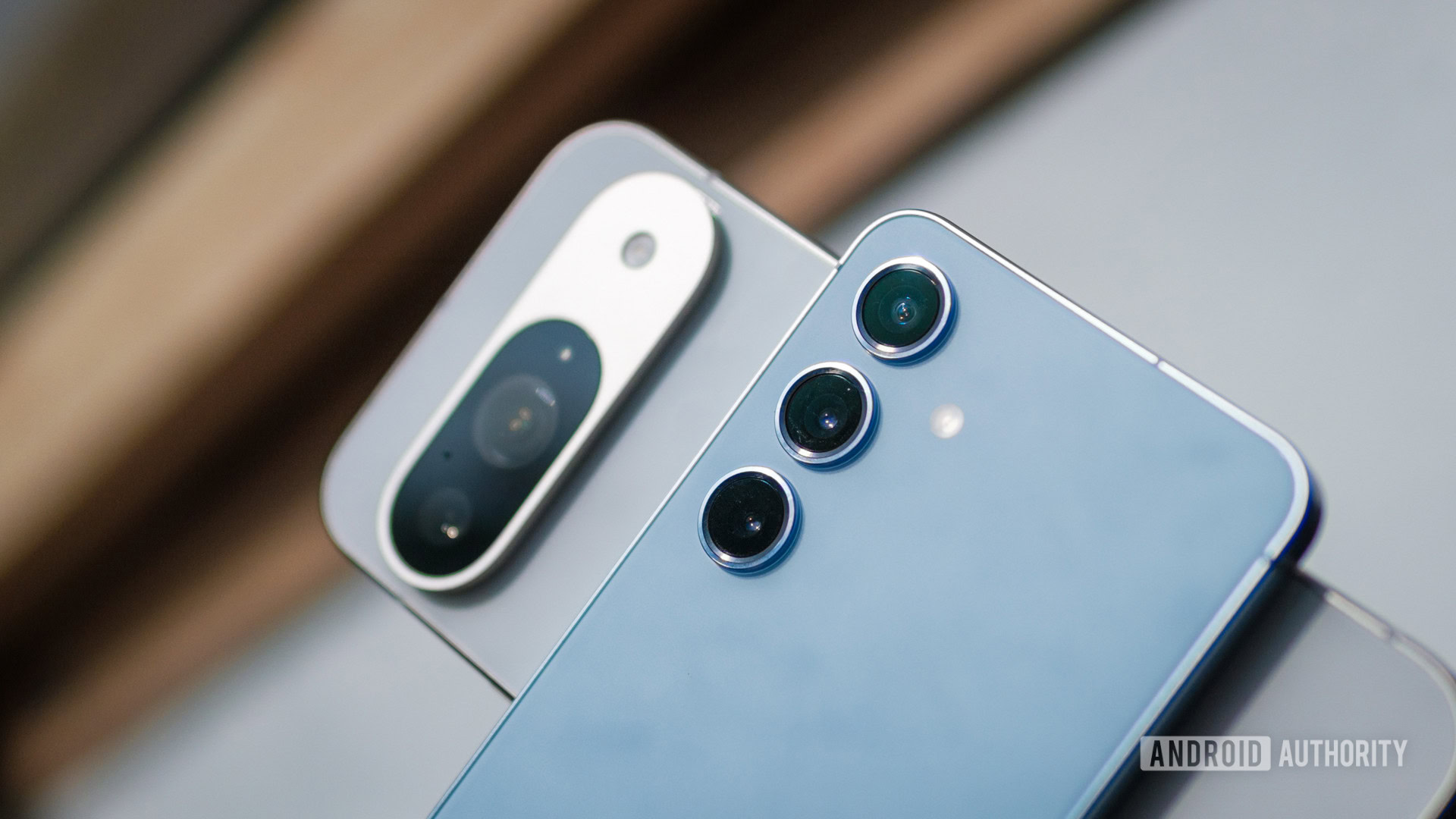
Buttons are incredibly useful, especially when operating a camera. Although we’ve been trained over many years to lean into the smartphone screen as the primary control surface, a physical connection to the shutter offers many pros and minimal cons.
Sony’s current camera button design, which many companies used in the past, employs a two-stage system. A light press allows the camera’s autofocus system to lock on, while a deeper press triggers the shutter. This system is similar to how the shutter buttons on DSLR and mirrorless cameras function.
With a sprinkle of AI innovation, Apple’s Camera Control solution is a touch-sensitive capacitive patch that allows even more functionality, from immediately triggering video recording to manually tweaking ISO, aperture, and zoom levels with a swipe.
Whichever implementation you consider, both accomplish the same core goal: triggering the shutter. They’re located on the edge of the device, where your hands are more likely to rest when framing a shot. This has the advantage of stabilizing your hands when focusing on a subject. Without a shutter button, you’ll be forced to move your hands to tap the screen multiple times, first to focus on an object and again to capture the image. You’ll notice how likely you are to move your phone during this process. This isn’t an issue with a camera button — your hands remain static and stable, minimizing jitters and awkward movements.
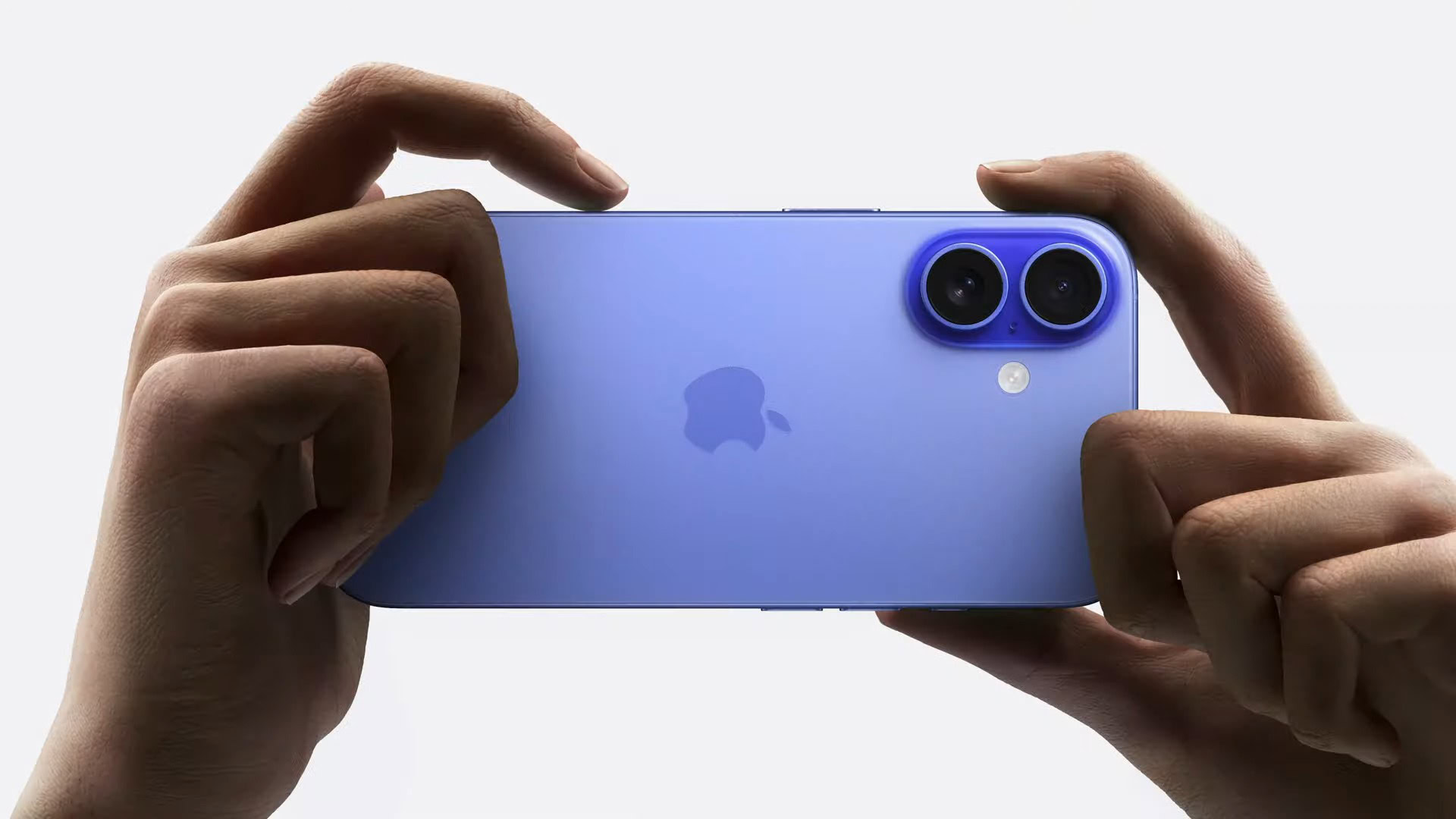
With big phones now a modern staple, you don’t necessarily want to take two hands off your device and risk dropping it, either. A camera button solves this issue, too. More interestingly, in the case of small Android flagships, you could quickly capture shots with just one hand with a dedicated shutter button, much like it once was with the Z3 Compact.
Yes, some modern Android phones, like the Pixel series, let you fire the shutter with the volume or power keys. However, these buttons are usually located near the top of the device and are difficult to reach when holding the phone horizontally. Shutter buttons sit where your trigger finger naturally rests. It’s a far more ergonomic solution.
The camera button makes for a more secure grip when capturing scenes on larger or smaller phones.
Of course, Apple’s implementation also offers a variety of related skills, which I briefly covered. All this functionality, otherwise locked away in layers of menus and control icons, can be accessed through a few taps and swipes of the trigger finger. It’s pretty smart, in theory.
While the iPhone 16’s version is complicated, there’s very little risk for Android makers to add another simple two-stage pusher to their devices, especially as it would benefit keen photographers. If a single-use button isn’t viable, a few software tricks could easily turn it into a button of all trades.
Apple didn’t do it first, but it should make it popular
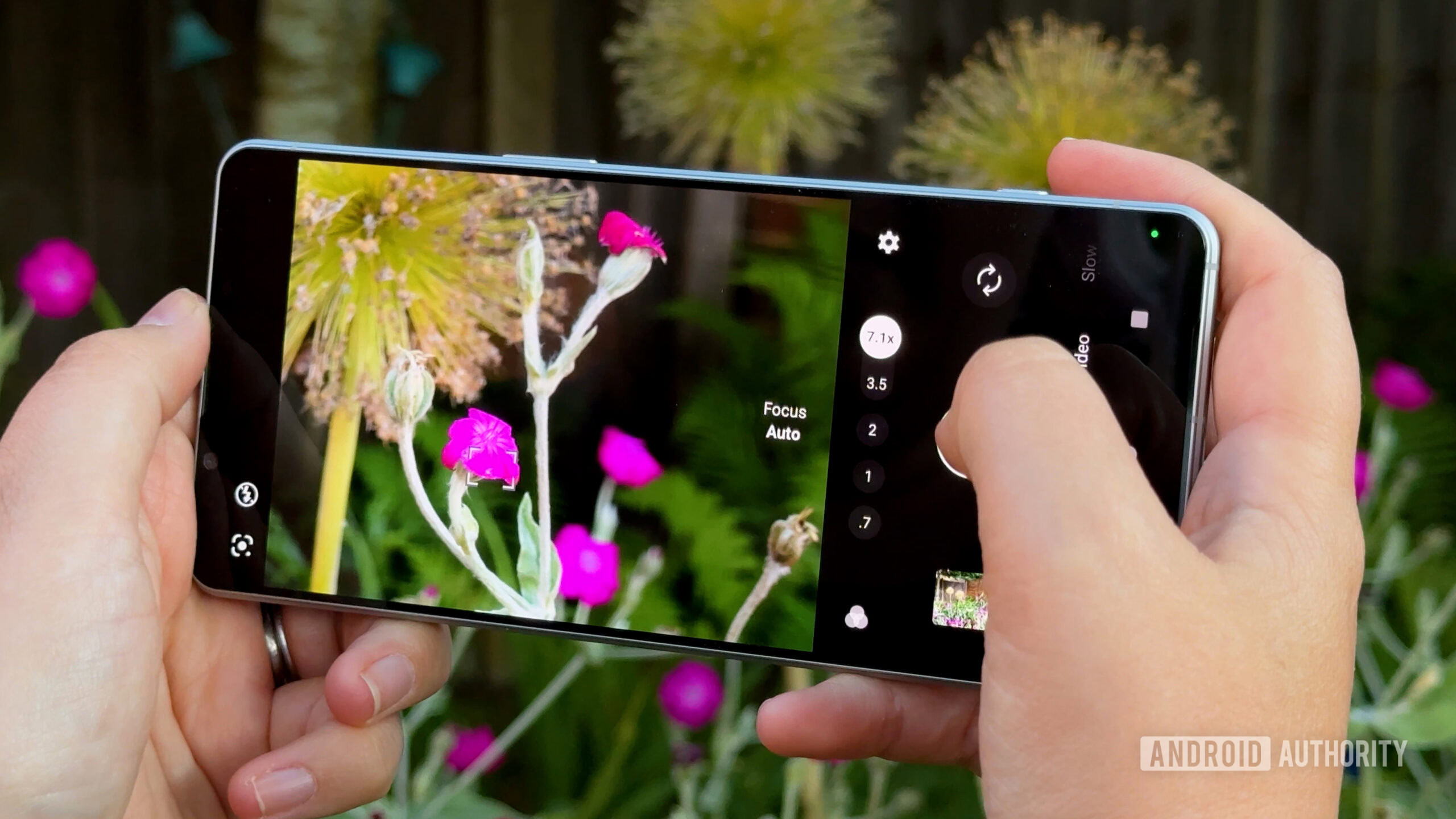
The camera button has a place on modern smartphones. There are still some things you’ll need the smartphone’s screen for, of course. Apple is trying to negate this with its camera control feature, but it’s unclear how good it is just yet. We’ll be sure to put it through its paces. However, the AI furnishings Apple spoke about during its launch detract from the practical positives of a dedicated camera button of any kind.
Do you want an Android phone with a physical camera button?
Smartphones may have replaced point-and-shoot cameras, but they lack that in-the-moment tactility. Photography is about capturing a feeling. There’s a connection between you, the camera, and the shutter button when shooting a scene that a smartphone just cannot replicate with a series of screen taps. A shutter button will go a long way to resolving this disconnect.
Some Android manufacturers will include a camera button to capitalize on the iPhone 16 hype, but is that such a bad thing?
Thankfully, it seems that some Android makers agree with me. According to emerging details, several companies could soon join the camera button train, with Nubia, OPPO, and Realme seemingly poised to add it to their next devices. Interestingly, the OPPO Find X8 could be among these devices, a series that traditionally offers particularly powerful camera hardware.
Some Android manufacturers will include a camera button to capitalize on the iPhone 16 hype, but is that such a bad thing? While Apple didn’t invent the camera button, its blessing proves the feature has mass market potential. I’d love it if more Android makers drew some inspiration from Cupertino (and Sony).